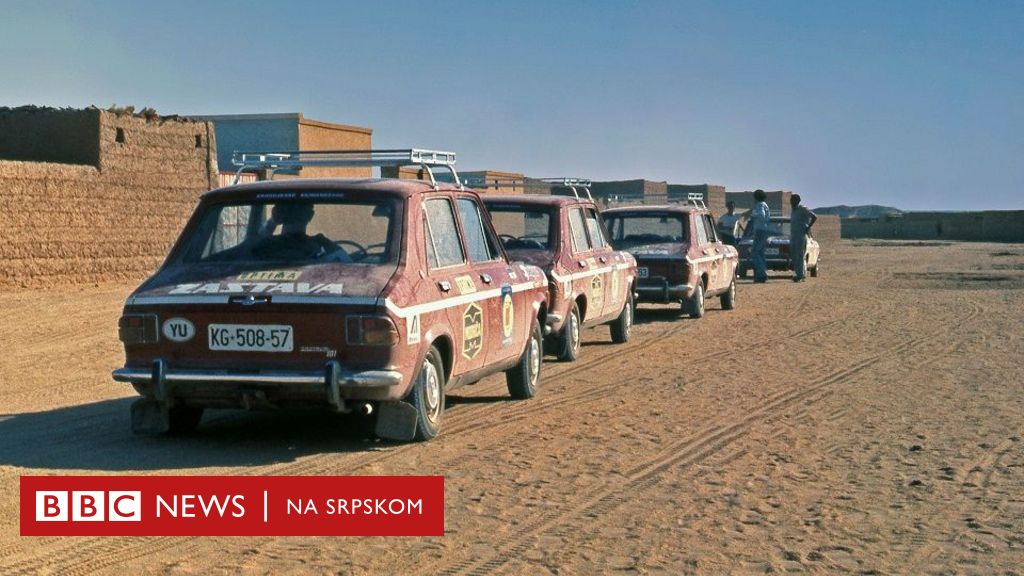Koncept i razvoj dizajna "Velike" Pande
At the Stellantis Style Centre in Via Plava, Turin, the atmosphere is that of the never-to-be-repeated occasion. At the entrance, as if Giugiaro himself had just laid down his pencil, stands a red Panda from 1980, its legacy soon to become apparent. The climate is vibrant and enthusiastic: a blend of freshness and corporate commitment that seems to have also left its mark on the formal design study.
The first Panda remains the guide
“The original Panda was our benchmark right from the start and we constantly referred back to it to refine our choices in a positive feedback loop”, François Leboine, head of Fiat and Abarth design, states. “After all, this was not just about aesthetics. The original Panda forged a genuine connection with its owners, and that connection remains our guiding principle today even more than its form”. The design process was intertwined with new industrial demands that, when the project began four years ago, prompted “the need to create a much more globally marketable car”.
Lines playing on practicality and vibrancy
“Durability and simplicity were the key principles, reinterpreted in a contemporary, distinctly Italian way, which we compare to a well-executed recipe”, Leboine jokes. The front light clusters, capable of “reimagining the square theme of the 1980s by evolving it into pixels” that are both digital and retro, are just one example of this ‘flavour’. The entire design language, however, plays on the dual level of practicality and vibrancy, highlighted by details such as “the bars of the old Fiat logo, which have become four instead of five because the human eye perceives them in the same way, or the iridescent badge on the rear door that creates a striking optical effect”.
Great quality of craftsmanship
Right up to an element that really excites designers: “On the electric car, the front badge not only recalls the graphic asymmetry of forty-five years ago, but points to the location of the retractable charging cable, a unique marketing feature of ours”.
And how could one possibly overlook the letters embossed on the sides? “Inspired by the name on the tailgate of some 4×4 versions, the result of fevered discussions among managers and engineers”, they add a bold touch of “pop” creativity and showcase the quality of the sheet metal work. In fact, the car’s sharp lines stem directly from this craftsmanship.
Interior heritage remodelled
About the passenger compartment, continues Michele Longo: “Our first idea was to go with a 1980s layout, but there was a risk of a “cold”, self-referential result with little connection to the present. The heritage has therefore been remodelled through the notions of “essentiality, research and the marriage of form and function”, concentrated in a panel that at once pays homage to the historic suspended “control block” and follows the track on the roof of the Lingotto plant.
Materials and colours playing a defining role
While the seats retain their traditional versatility for platform reasons, “we aimed to enrich the environment with materials and colours, which immediately took on a defining role”. First of all, the compartment facing the passenger turns out to be available with brand new upholstery (thanks to which it is renamed Bambox). “Using bamboo is an absolute novelty and an enormous challenge”, argues Vincenzo Vullo, head of colour&trim for the Fiat brand. Longo resumes: “We started from a witty idea, Panda food, and obtained one of the car’s most signature components”. “In addition, the seven exterior colours celebrate the territories of the Peninsula”, concludes François Leboine looking at an example in Aqua Azure. And no grey, as the Fiat brand demands: on the Grande Panda, functionality becomes funky.
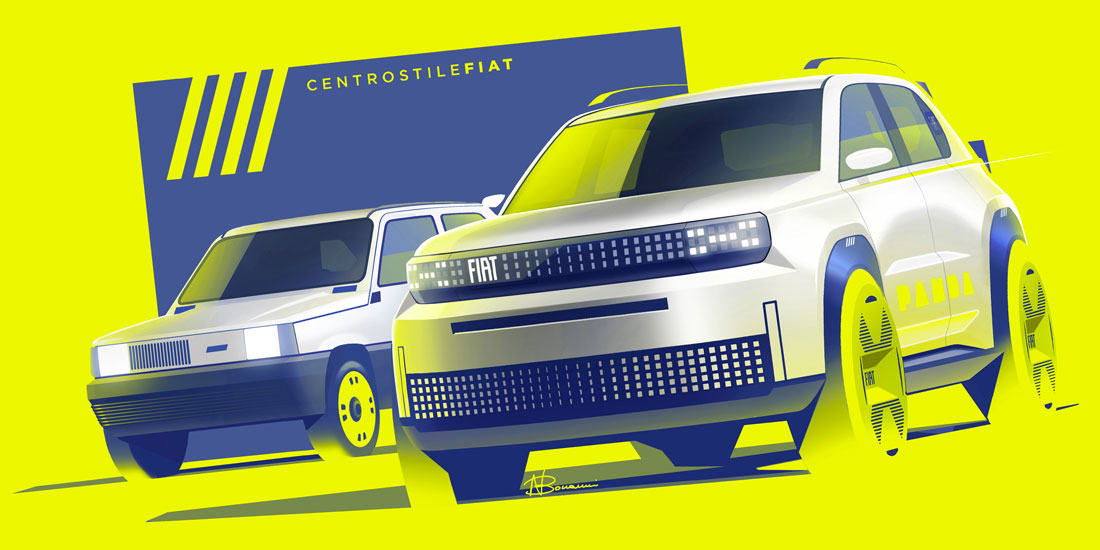
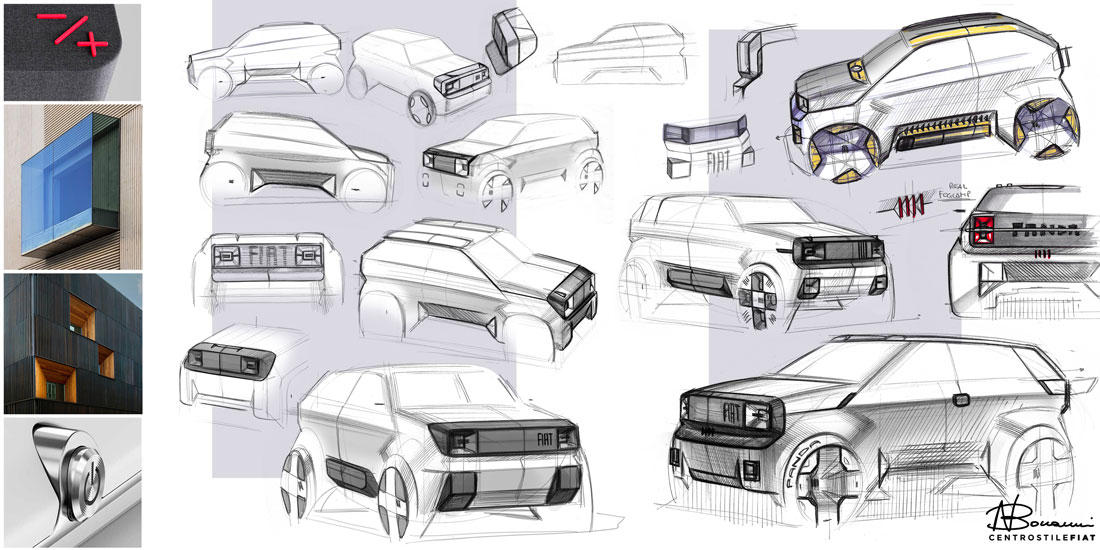
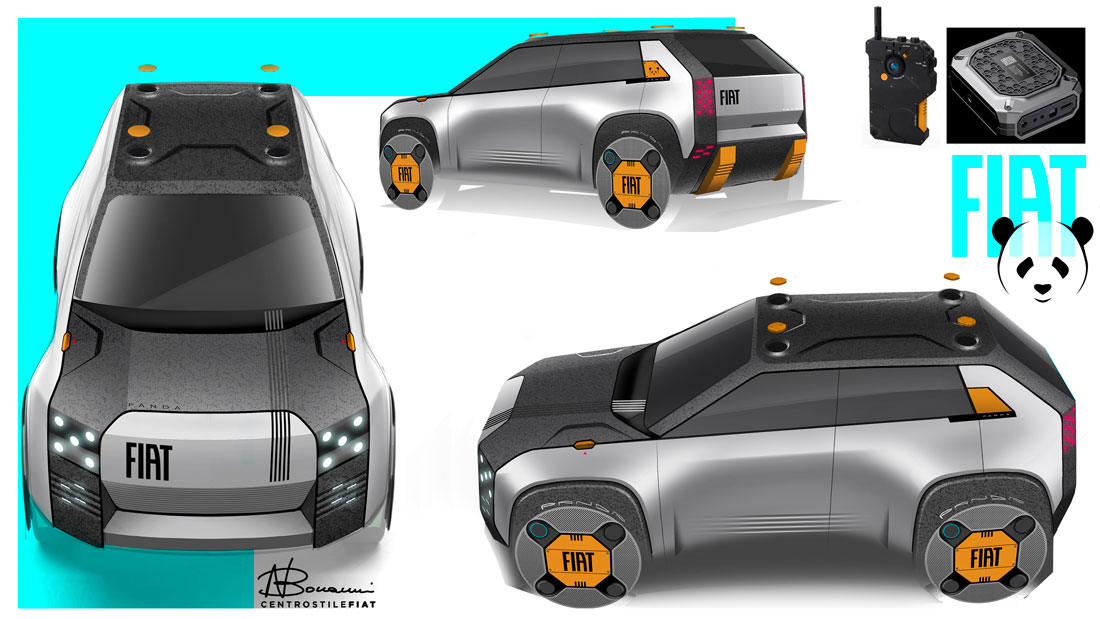
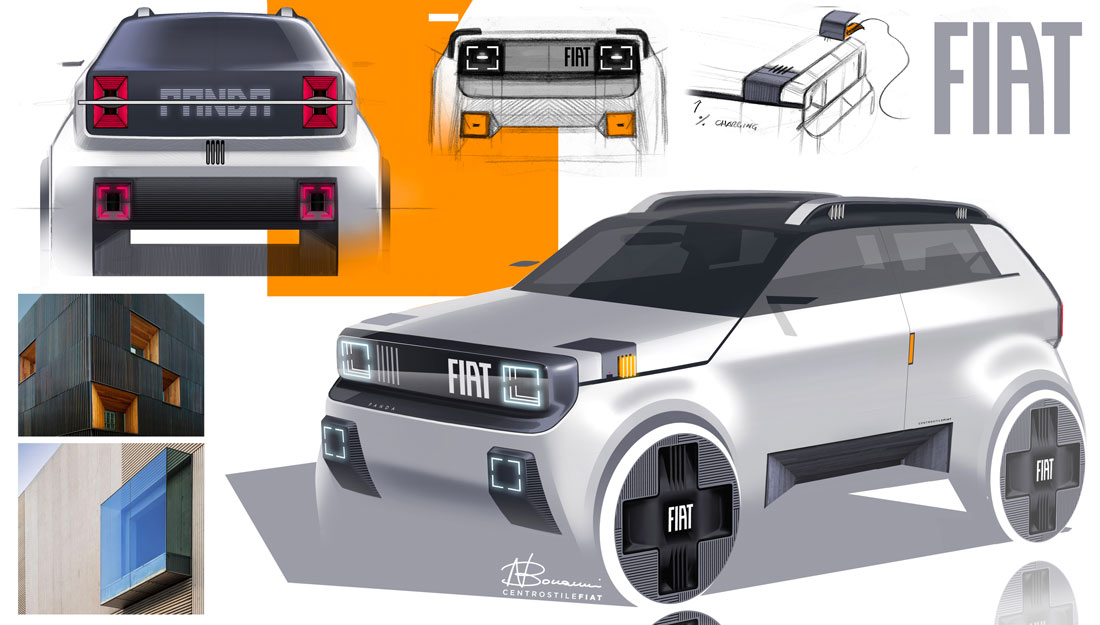

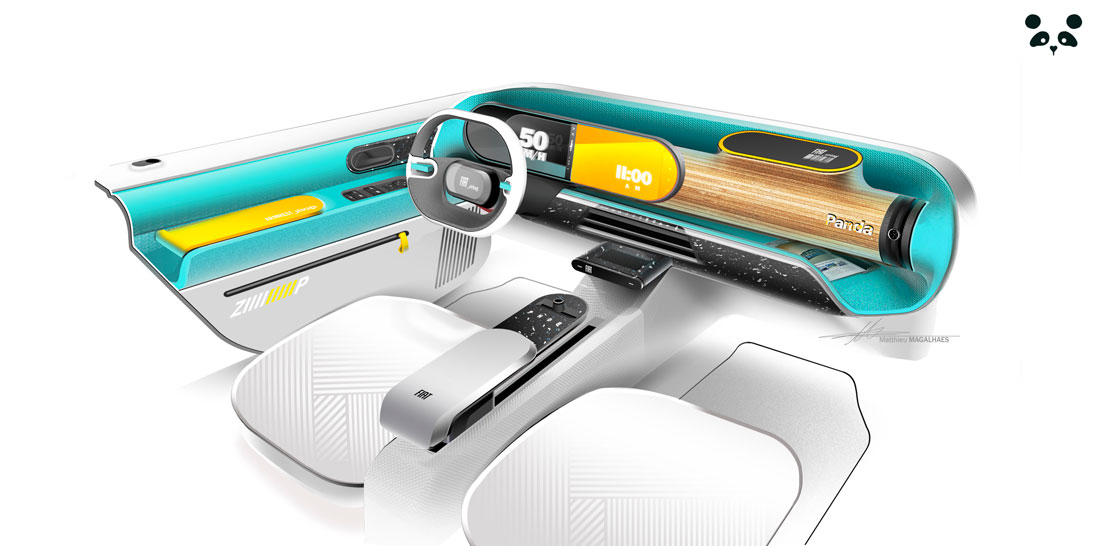
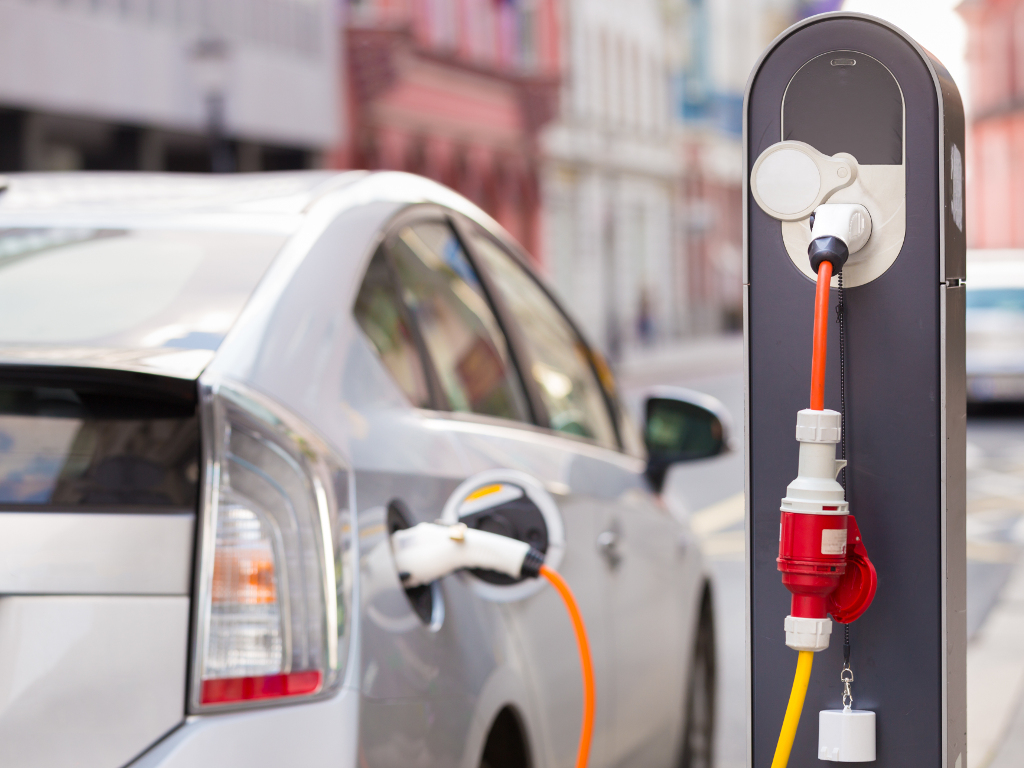
 www.ekapija.com
www.ekapija.com
